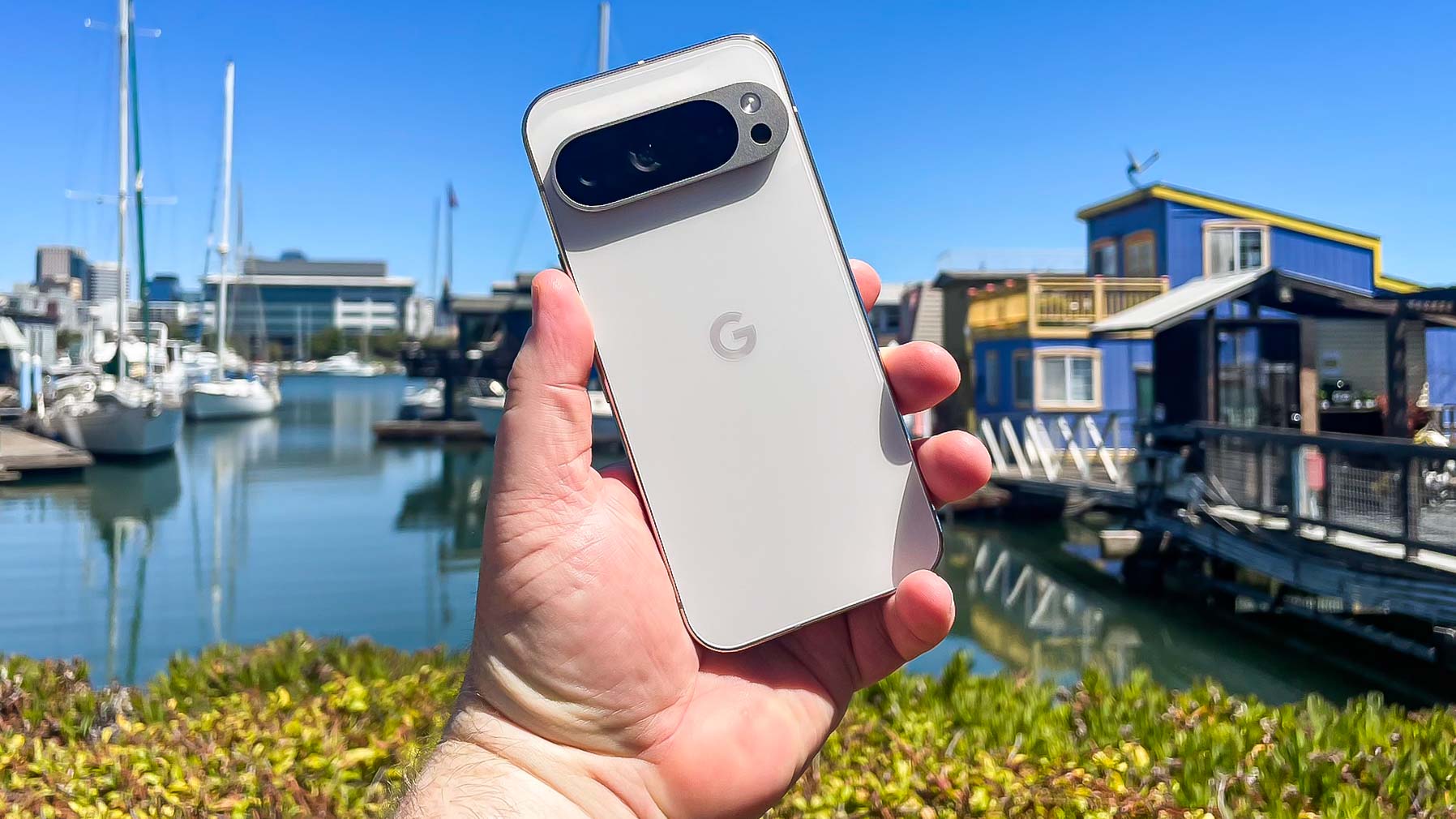
The Google Pixel 9 Pro represents a departure for Google's more premium flagship in more ways than one. This new edition of the Pro takes on a new size — a move that Google says is a response to calls for a more compact high-end phone. Some minor design tweaks also seem to signify that it's not business as usual for the Pixel lineup.
But perhaps the most significant departure comes with a shift in focus for the latest Pixel. Google's handsets have always struck a balance between providing a superlative camera phone and a host of AI-powered capabilities you couldn't find elsewhere. The Pixel 9 Pro still can go toe-to-toe with any smartphone out there in a photo face-off, but this time around, Google has more clearly put an emphasis on the device's smarts.
Does this greater emphasis on AI help Google's latest flagships stand out among the best phones available right now? That's what this Google Pixel 9 Pro review looks to address.
Google Pixel 9 Pro specs
Google Pixel 9 Pro review: Price and availability
If nothing else, the Pixel 9 Pro will launch a healthy debate about what does or doesn't constitute a price hike. On paper, the new phone starts at the same $999 as the Pixel 8 Pro. (In the UK, the Pixel 9 Pro costs £999 while Australians will pay AU$1,699.) That contrasts with the $799 Google is charging for the Pixel 9, as that's a $100 increase from the Pixel 8's price. (Read our full Pixel 9 review for more on that model.)
But before you slap Google on the back for holding the line on Pro phone pricing, remember that the Pixel 8 Pro featured a 6.7-inch screen — much more screen real estate than you get with the 6.3-inch Pixel 9 Pro unless you pay up for larger Pixel 9 Pro XL. That may not be a price hike strictly speaking, but anyone who's ever found themselves at the store paying the same price for a demonstrably smaller box of cereal might feel the same vague disappointment with the Pixel 9 Pro's price tag.
The Pixel 9 Pro base model comes with 128GB of storage. But an extra $100 lets you bump up the capacity to 256GB. All four colorways also feature a 512GB version that costs $1,219 while the Pixel 9 Pro in Obsidian adds a $1,449 1TB capacity.
You can pre-order the Pixel 9 Pro now, but unlike the Pixel 9 and Pixel 9 Pro XL models, this phone won't be on retail shelves on August 22. Instead, the Pixel 9 Pro ships a little bit later, going on sale on September 4.
Google Pixel 9 Pro review: Design
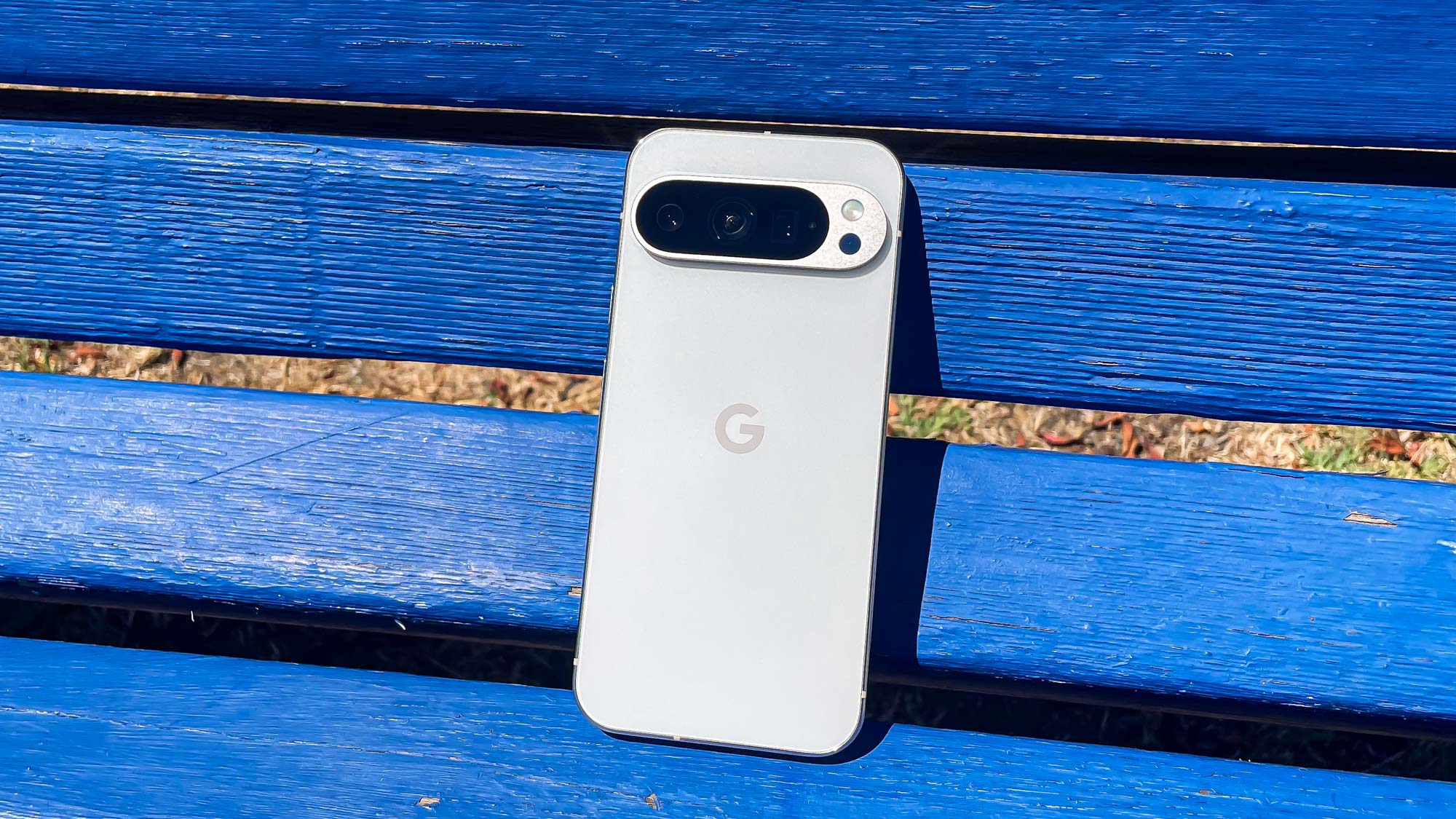
Since the Pixel 6's release in 2021, when you mentioned the Pro model of Google's flagship what you really meant was "the big one." That's no longer the case with the Pixel 9 Pro, which is the more compact of the two current Pro offerings at 6 x 2.8 x 0.3 inches. Those are the exact same dimensions as the Pixel 9, and both of these phones weigh 7 ounces.
That's actually heavier than the iPhone 15 Pro, which weighs 6.6 ounces, though Apple's phone has the advantage of a lightweight titanium frame. The Pixel 9 Pro features a matte glass back and polished metal frame, which gives it a heft similarly sized phones lack.
The Pixel's most distinctive feature — a horizontal camera bar — returns for the Pixel 9 series with one notable modification. Instead of stretching across the back of the handset as it has in previous generations, the camera bar now features rounded edges that stop just shy of the phone's edge. The change feels mostly aesthetic, as the redesigned camera bar still looks unique and keeps the Pixel 9 Pro from wobbling when you set it on its back. I’ve always been a fan of the camera bar, and the new look suits me just as well.
The front of the Pixel 9 Pro uses Gorilla Glass Victus 2 to protect the display, and Google claims its new phones are twice as durable as the Pixel 8 series. In other improvements from the previous generation, the ultrasonic fingerprint sensor under the Pixel 9 Pro display is supposed to be 50% faster than before — I found it responsive enough when unlocking the phone.
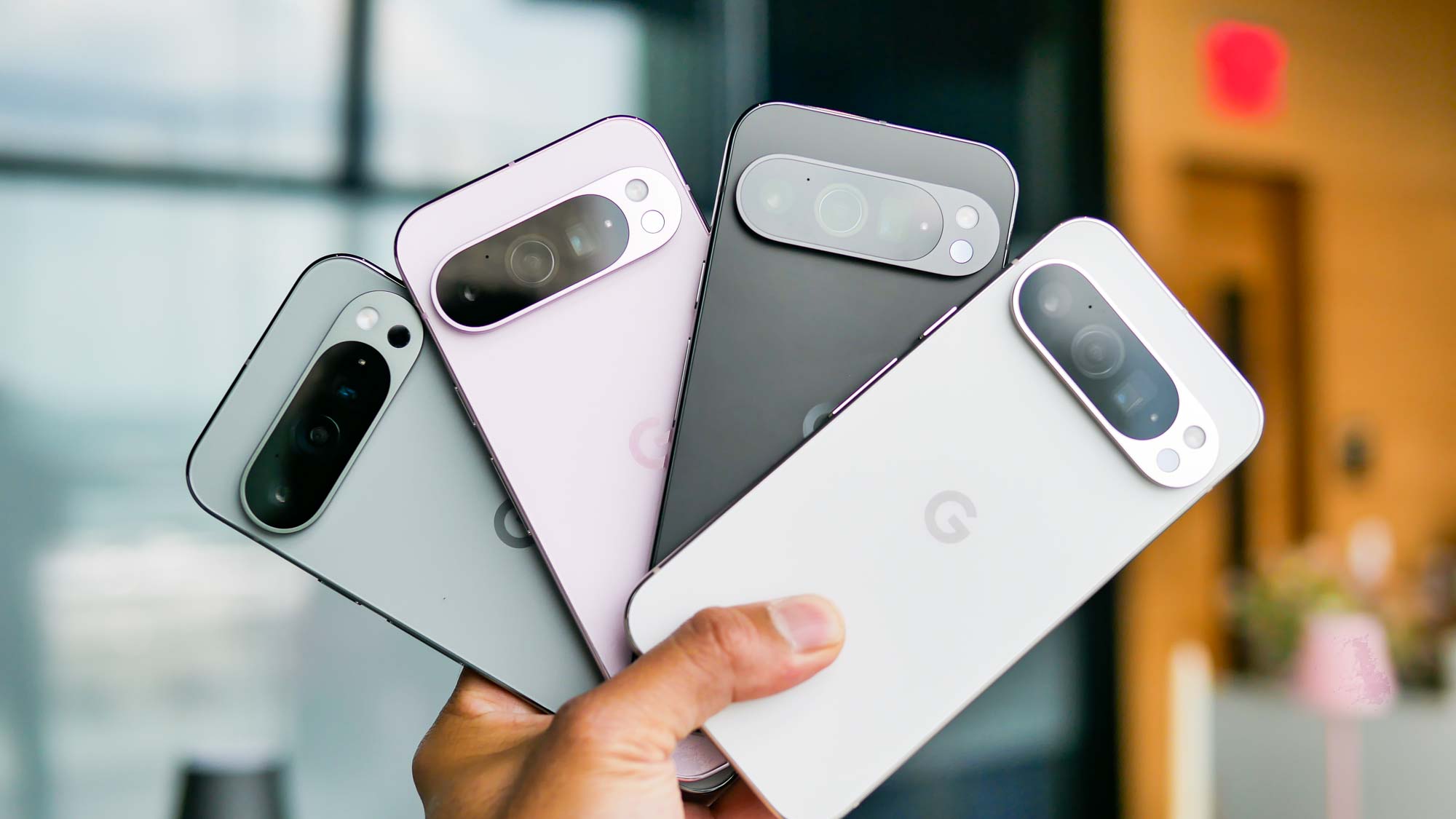
I find the color options for the Pixel 9 Pro to be a little bit predictable, especially when compared to the brighter options that Pixel 9 owners can choose from. My review unit featured Google's Porcelain option, and it would blend in with any other white smartphone. The same could be said with the Obsidian and Hazel models, though the Rose Quartz option adds a little pop of color.
Google Pixel 9 Pro review: Display
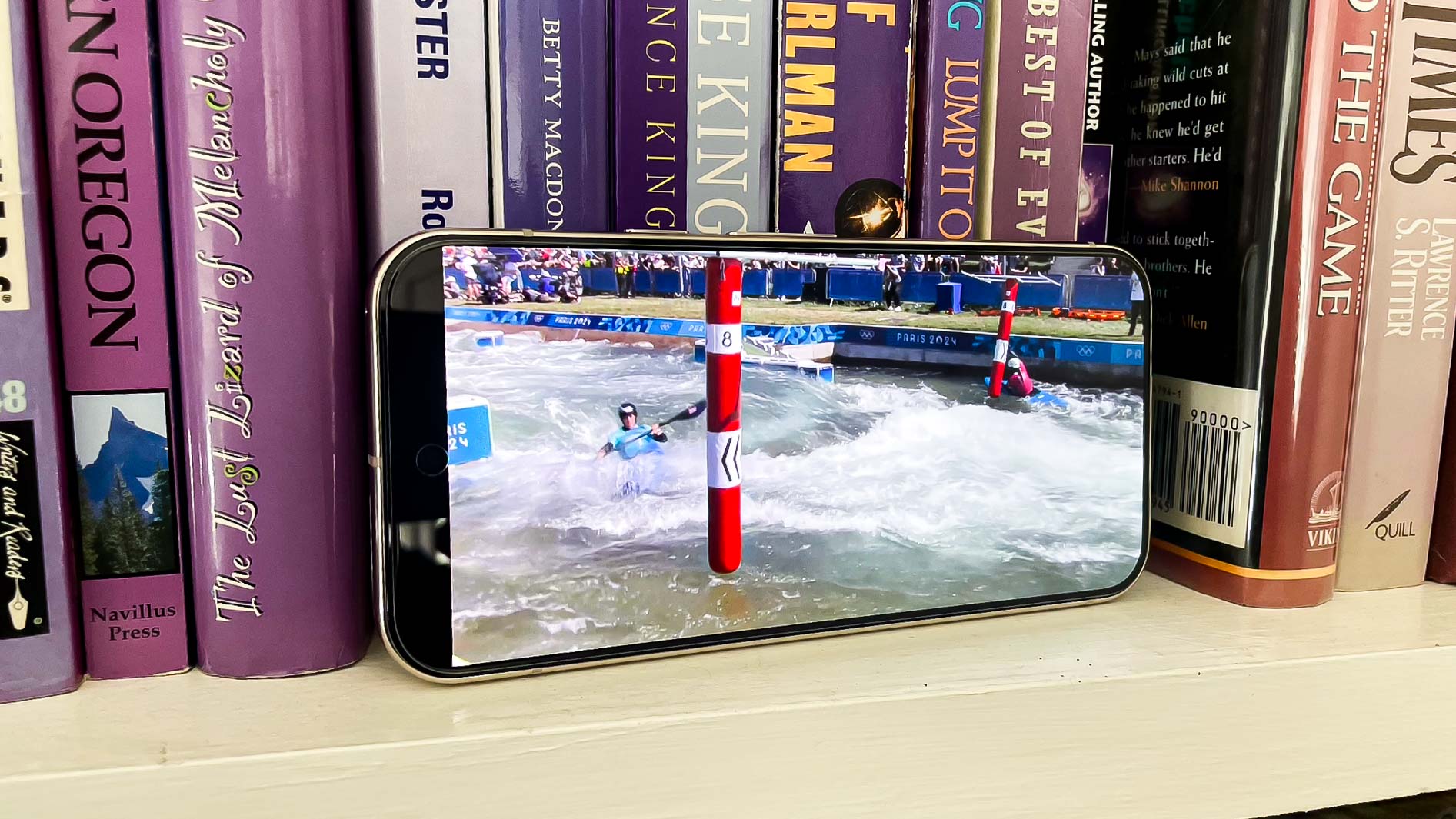
The Pixel 9 Pro shares a display size with the 6.3-inch Pixel 9, but these are not the same panels. The Pixel 9 Pro uses a Super Actua display, which has sharper resolution than the Pixel 9's Actua screen (495 pixels per inch compared to 422). Pixel 9 Pro models also have a more variable refresh rate with the ability to scale all the way from 1Hz to 120Hz as the on-screen activity warrants.
The real story with the Pixel 9 Pro's display is how bright it can get, as Google promises up to 3,000 nits of peak brightness. We didn't reach that when we measured the Pixel 9 Pro's screen with a light meter, but we did get a reading of 1,938 nits in SDR with adaptive brightness turned on. That's much better than the 1,297-nit and 1,027-nit readings we got from the Galaxy S24 Plus and iPhone 15 Pro in similar conditions.
The Pixel 9 Pro's screen isn't quite as colorful as what Samsung's latest flagships offer. In the Pixel's default Adaptive mode, we recorded 121.4% of the sRGB color spectrum and 86% of the more demanding DCI-P3 spectrum. That compares to readings of 140.3% and 99.3%, respectively, in the Galaxy S24 Plus' default Vivid setting. Color reproduction on the Pixel 9 Pro is more in line with what we've seen on the iPhone 15 Pro.
Still, the colors that appear on the Pixel 9 Pro display are about as accurate as the ones shown on the Galaxy S24 Plus. Both Android phones tallied Delta-E ratings of 0.24 in their default screen settings. The iPhone 15 Pro topped both with a Delta-E rating of 0.14. (Numbers closer to zero mean more accurate colors.)
When I watched a replay of Olympic kayaking streaming on Peacock, the rapids looked crisp and inviting while the sun-drenched coast of Mallorca glistened during a stream of "The Unbearable Weight of Massive Talent." You're going to enjoy looking at the Pixel 9 Pro display, and you're not going to have to squint to make out the finer details.
Google Pixel 9 Pro review: Cameras
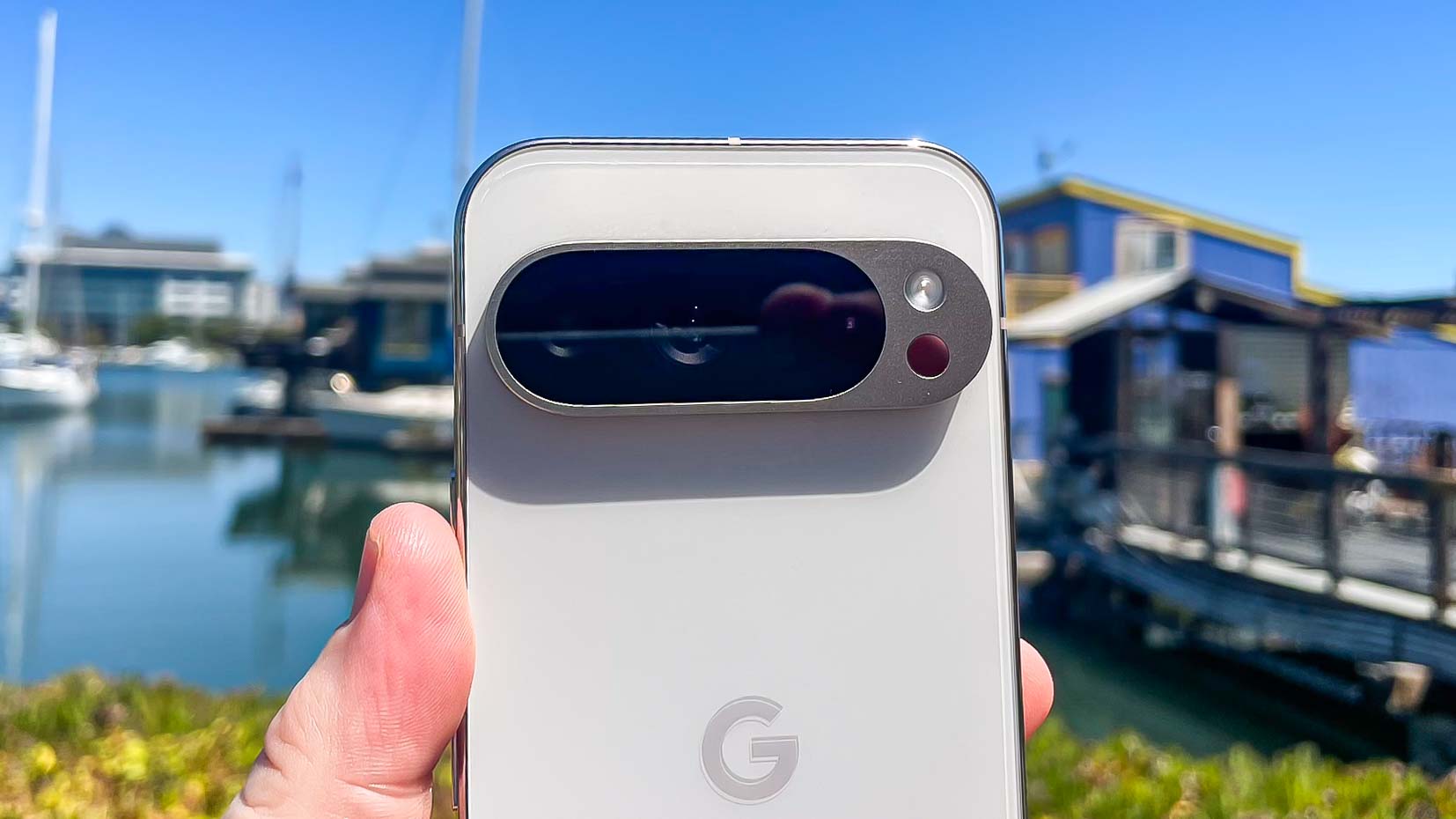
Google didn't make significant changes to the camera hardware on the Pixel 9 Pro, but there are some improvements from past models. The ultrawide camera still uses a 48MP sensor, but it's an updated one that features a Macro Focus feature for extreme close-ups. Up front, the Pixel 8 Pro's 10.5MP selfie cam gives way to a 42MP shooter for much sharper self-portraits.
Otherwise, the remaining cameras in the Pixel 9 Pro's rear array remain the same. You've still got a 50MP main camera, joined by the aforementioned ultrawide sensor and a 48MP sensor that can support a 5x optical zoom. Tap into the Super Res Zoom feature that uses computational photography to remove the noise that can appear in digital zoom shots and you zoom up 30X.
Computational photography does more than just help out with zooms on Pixel shots — it also helps with photo processing to produce the kind of images that routinely put Google's Pixels near the top of any best camera phones list. To see if that's happened with the Pixel 9 Pro, I shot some photos using Google's latest phone and an iPhone 15 Pro, which boasts some pretty good camera specs in its own right.In this photo of the apple tree in my backyard, the Pixel 9 Pro shows a wider range of colors than the iPhone 15, capturing the streaks of red on the apples themselves as well as the different shades of green in assorted leaves on the tree. You could fault the Pixel 9 Pro for letting the apple on the right side of the shot get lost in shadow — it really stands out in the iPhone 15 Pro's photo, for example. But I think the iPhone 15 Pro came dangerously close to over-exposing the shot, as the apples just left of center lack the definition found in the Pixel image.
In this photo of the apple tree in my backyard, the Pixel 9 Pro shows a wider range of colors than the iPhone 15, capturing the streaks of red on the apples themselves as well as the different shades of green in assorted leaves on the tree. You could fault the Pixel 9 Pro for letting the apple on the right side of the shot get lost in shadow — it really stands out in the iPhone 15 Pro's photo, for example. But I think the iPhone 15 Pro came dangerously close to over-exposing the shot, as the apples just left of center lack the definition found in the Pixel image.
Moving indoors, the lighting becomes too distracting in this Pixel 9 Pro shot of some huevos con chorizo (or more accurately, chorizo con huevos the way I make it). Some of the elements in the scramble — the peppers, the cheese, the diced onion — get a little lost in shadow.
Contrast that with the iPhone 15 Pro photo, which ramps up the brightness, so that the food stands out in the shot. Apple's camera does struggle with the lighting streaming in from behind the plate of food, but the overall backlighting isn't as prominent as it is in Google's photo.
A photo at the local ballpark boils down to your preference for lighter or darker images, and I think it depends on what part of the photo you want to focus on. The green field looks more vibrant in the Pixel 9 Pro photo, which makes that element stand out more than the iPhone's richer take on the scene. That said, I think the iPhone handles the overcast sky better, as you can make out the light standard looming over the stadium in its photo; those floodlights blend into the background of the Pixel 9 Pro shot.
I tried out the ultrawide lens at a local sculpture garden, giving me the chance to include not only the flags flying in the background, but the green shed in the far left corner of the shot. Colors are pretty evenly matched in both photos, and I would give the nod to the Pixel 9 Pro for more accurately recreating the scene. That said, the wooden shed at the center of the photo has more texture in the iPhone shot, and the darker coloring really brings out the highlights in that patch of asphalt.
It's when you turn to the Macro Focus on the Pixel 9 Pro that the phone's ultrawide camera really earns its salt. A close-up of a rose boosts the flower's pink coloring without losing too much detail. The textures come out crisper in the iPhone's shot, but at the expense of a washed-out flower. If the Pixel 9 Pro can consistently take shots like this, it might just make me a believer in macro photography.
I'm torn on this photo taken with the night mode enabled on both phones. The lighting in the Pixel 9 Pro image looks more natural — it still looks like a photo I've taken at night. The iPhone 15 Pro's lighting is so bright around the subject, you wouldn't realize that the only light on the scene was coming from a nearby window.
While that lends an unnatural air to the photo, the colors in the iPhone 15 Pro image are more vibrant, and you can see more of the background details like the wall and trees behind the stuffed animals. As natural as the Pixel 9 Pro photo may look, it feels decidedly more muted.
Portrait mode photos look like another clear win for the Pixel 9 Pro to my eye. I like the tone on my daughter's skin, which feels warmer than the iPhone 15 Pro shot. The contrast between light and shadow is also stellar. The iPhone 15 Pro does a little better job separating my daughter from the background blur, but in a recurring theme with that camera phone, the emphasis on brightness runs the risk of over-exposing the shot. The Pixel 9 Pro's portrait is better balanced.
I took a couple of different zooms of the Oakland skyline to test out the strength of the phones' telephoto lenses. This shot is at 3x, the maximum zoom for the iPhone 15 Pro's 12MP telephoto lens, but the Pixel 9 Pro produces the superior shot. Both phones manage to keep the skyline in focus, and some may even appreciate the rich colors in the iPhone 15 Pro's effort. But as with a lot of images produced by the Pixel 9 Pro, the colors here are brighter and better balanced, particularly the blueness of the sky.
Pushing things to the maximum 15x zoom for the iPhone 15 Pro, you really see the benefit of the Super Res Zoom feature in the Pixel's shot. I can't recall seeing a digital zoom as sharp and well-defined as the Pixel 9 Pro close-up of the Tribune Tower with the building's lettering clearly in focus and the colors of the shot showing little to no distortion. The same can't be said for the iPhone 15 Pro photo, where some noise has crept in around the edges of buildings.
A group selfie taken back at the ballpark makes me wonder what the 42MP front camera on the Pixel 9 Pro brings to the table. The selfie it captures doesn't look any more detailed than the one shot by the 12MP TrueDepth camera on the iPhone 15 Pro. In fact, Google's photo processing has smoothed out my face a little too much for my liking. That complaint aside, though, the color is strong in the Pixel 9 Pro shot and the composition is solid.
I've focused on still photos for the most part in my testing, though there are some video capture improvements on board the Pixel 9 Pro. You can capture up to 8K video, and the Video Boost feature for improving the look of videos now supports AI upscaling and Super Res Zoom.
Google Pixel 9 Pro review: AI photo features
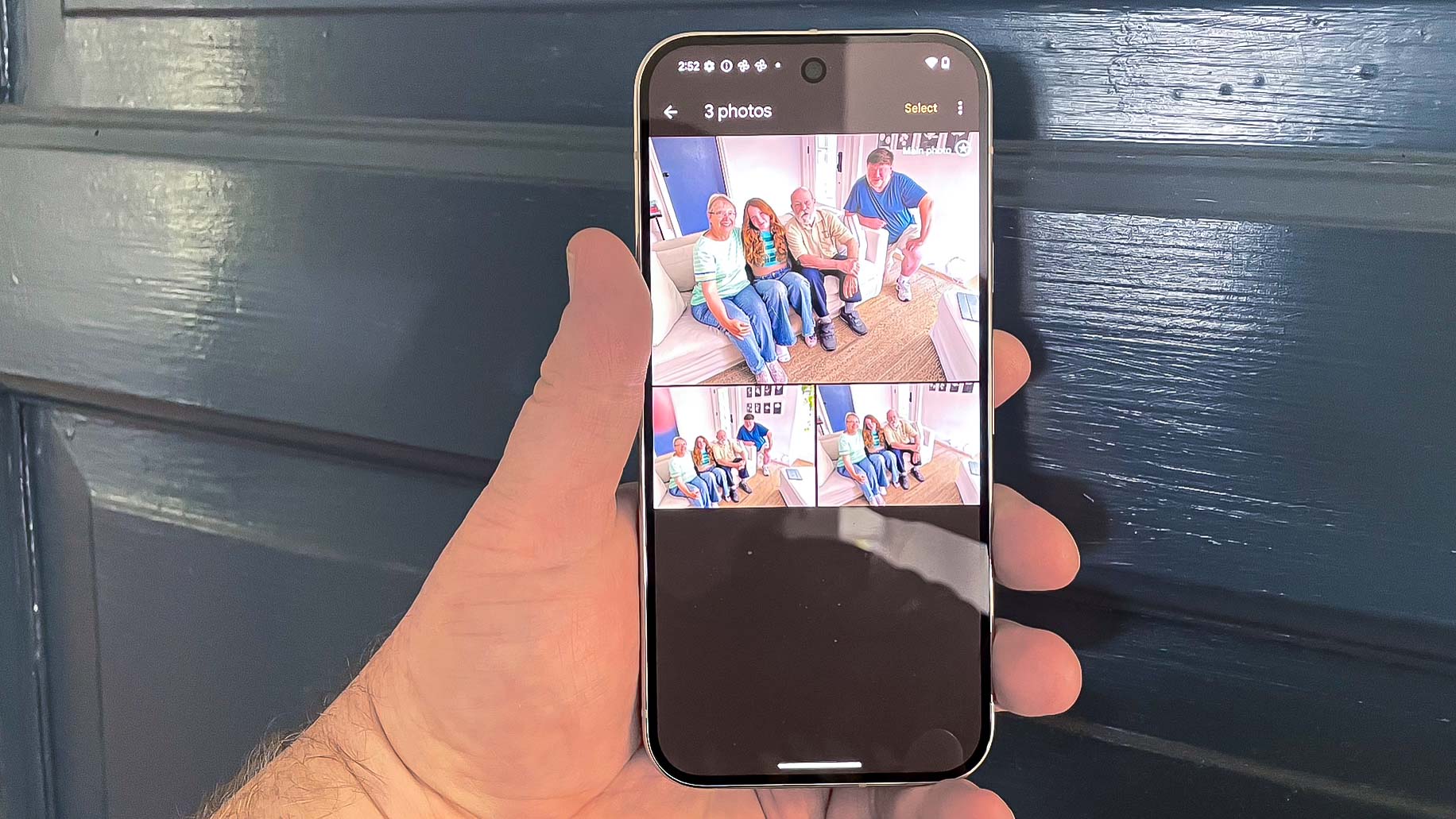
Google's camera performance also benefits from AI-powered capabilities — something that continues with the Pixel 9 Pro. Tools like Best Take for improving group shots and Magic Editor for using generative AI to move, resize or eliminate objects from photos return with this version of the Pixel, and they've added new tricks.
Group shots get an Add Me feature, which allows you to insert the person taking a group photo into the photo after the fact — a handy addition if you've been saddled with the title of designated photographer at more than one get-together. Add Me lets you take one shot with everyone in it and then uses augmented reality to guide you where to stand when it's your turn to hand off the camera and be part of the shot. The Pixel 9 Pro then combines those two photos together into a combined photo.
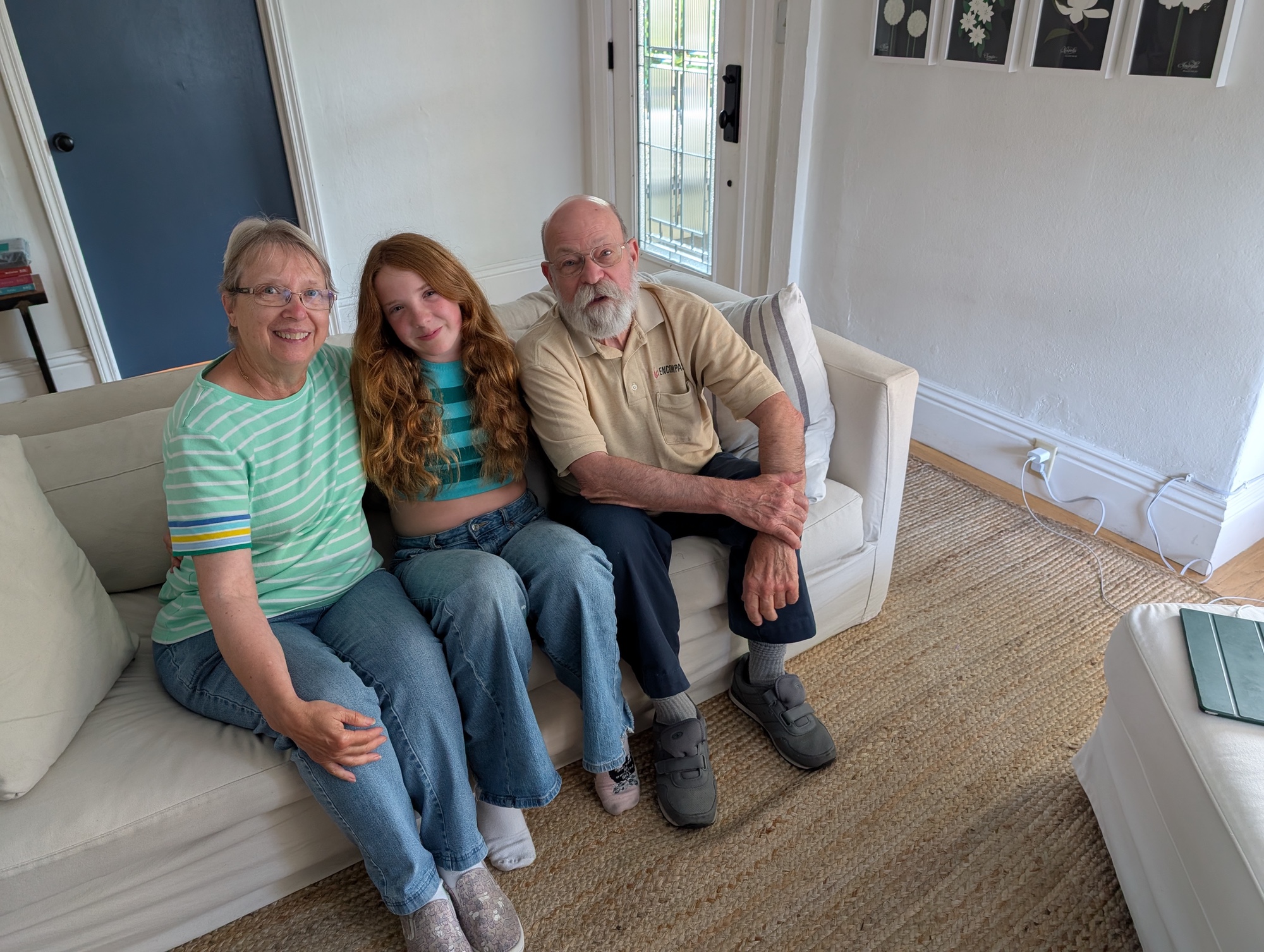
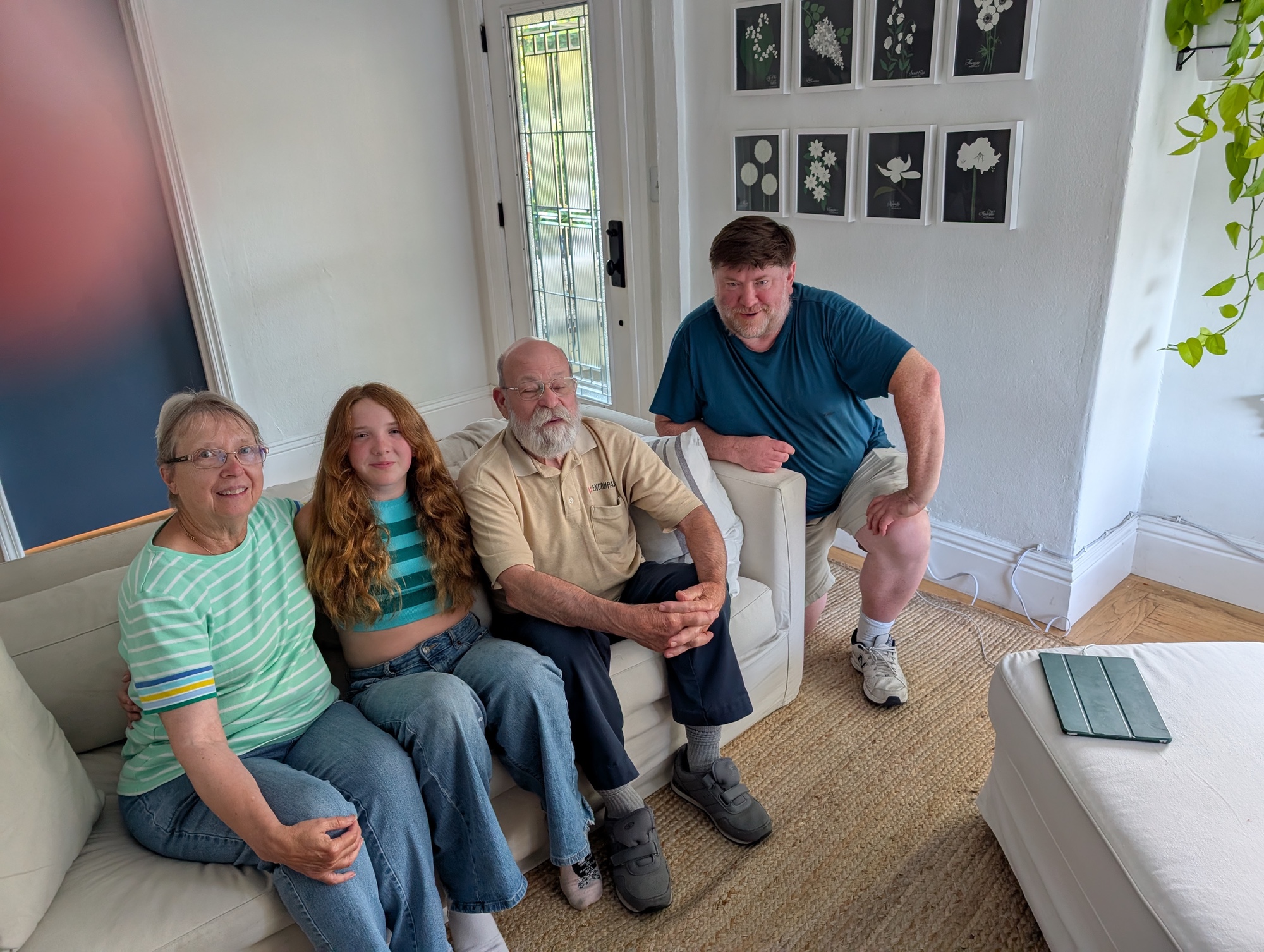

Add Me feels a bit rough at this point, though that could be a matter of just getting used to the feature and learning its various tricks and quirks. For instance, Add Me works best when you frame the first shot to leave room for someone else to join the picture later on. Indeed, that's what I did in this group shot I took of my in-laws and my daughter. Add Me was able to insert me into the scene, even with the photographer getting their thumb in the way of the second shot. The finished product looks all right, though I seem a little out of proportion to everyone else, like Hagrid kneeling next to the graduating class at Hogwarts.
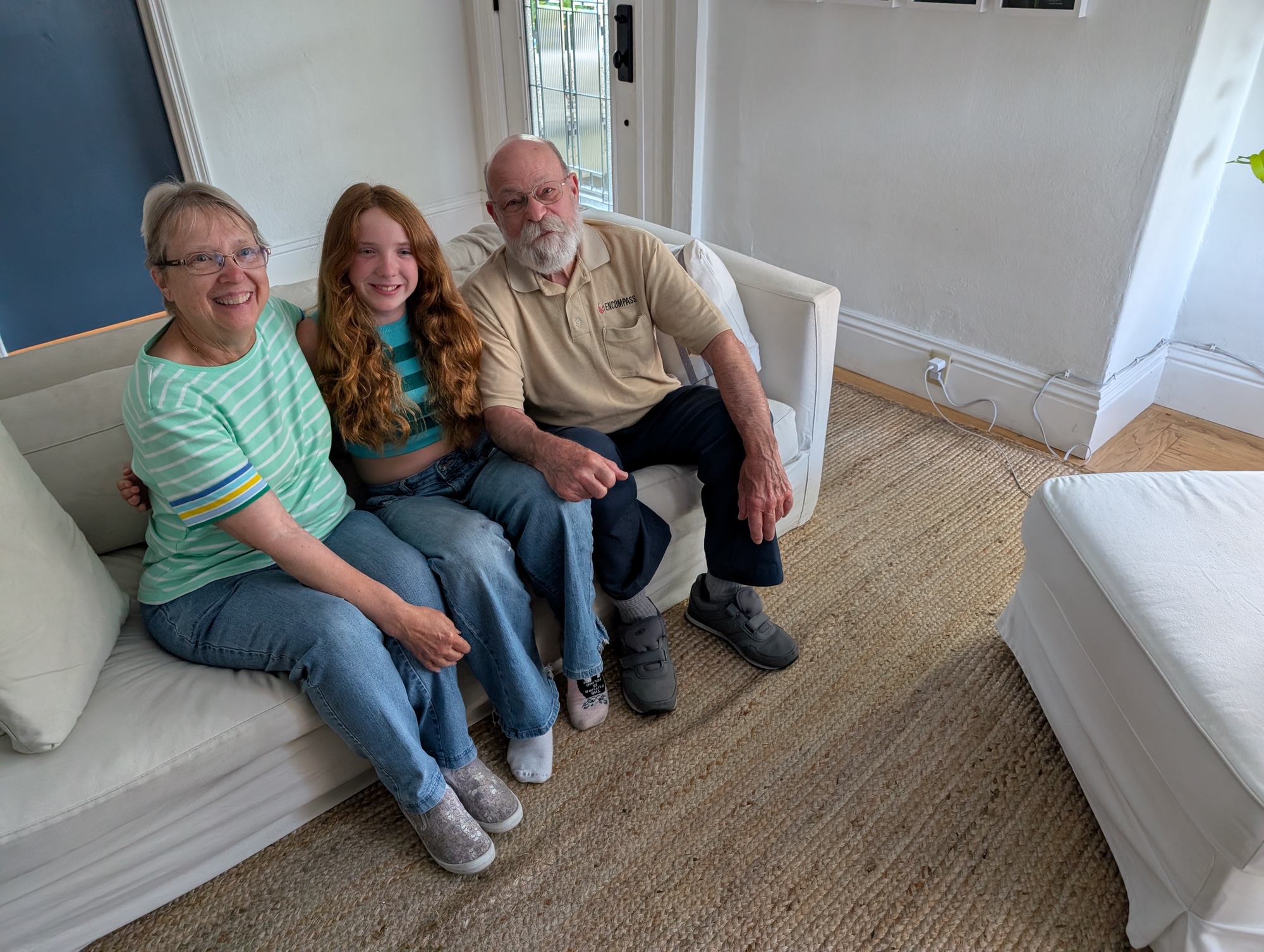
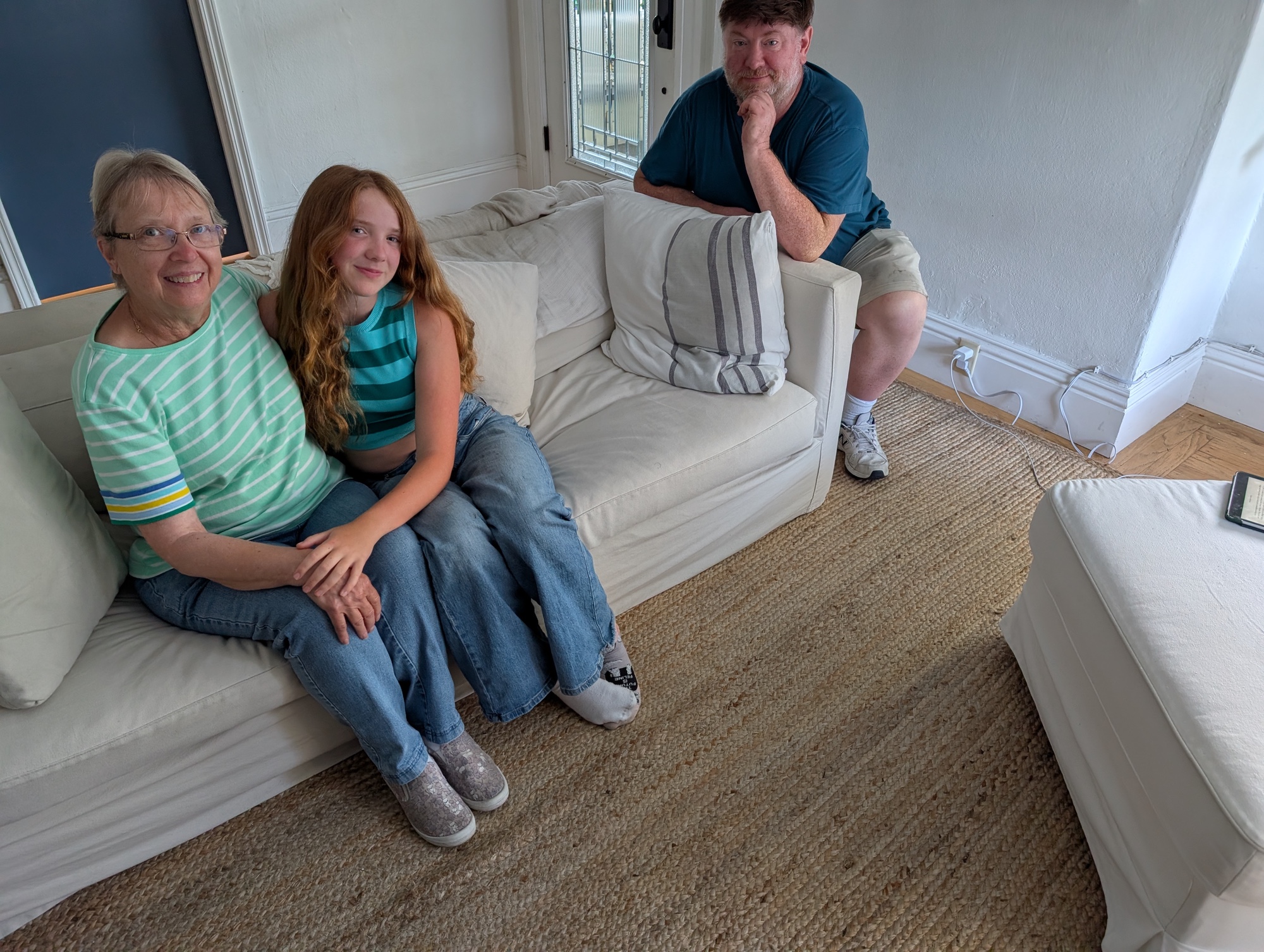

In my experience Add Me is only as good as the photographer you're handing off the Pixel to. We tried a second version of that same group shot, only with my father-in-law exiting the scene on the second shot to test how seamlessly the finished product looked when people were missing from some of the shots. In the photo where I joined the group, the photographer snapped the shutter before making sure everything was lined up. In the resulting Add Me photo, I've been given quite the noticeable flat-top.
I had more success with Reimagine, an addition to Magic Editor where you can suggest photo edits using text prompts. Just select the area you want to enhance in Magic Editor and select reimagine from the menu that appears. You're then prompted to enter in some descriptive text, with your Pixel even providing suggestions.


I tried Reimagine with a shot of the local marina, asking Magic Editor to turn the darker water into a turquoise blue. There was no sun in the sky, so I tried fixing that by asking for a sun flare, and scrolling through the provided options until I found an iteration I liked. The edited image is pretty enough in a stylized way, but it sacrifices realism.
Perhaps with more use, I'd become more comfortable using the tool, though Reimagine feels like overkill for making modest tweaks to your photos. As it stands, this tool is more about taking your photos into entirely new directions.
Google Pixel 9 Pro review: Other AI features
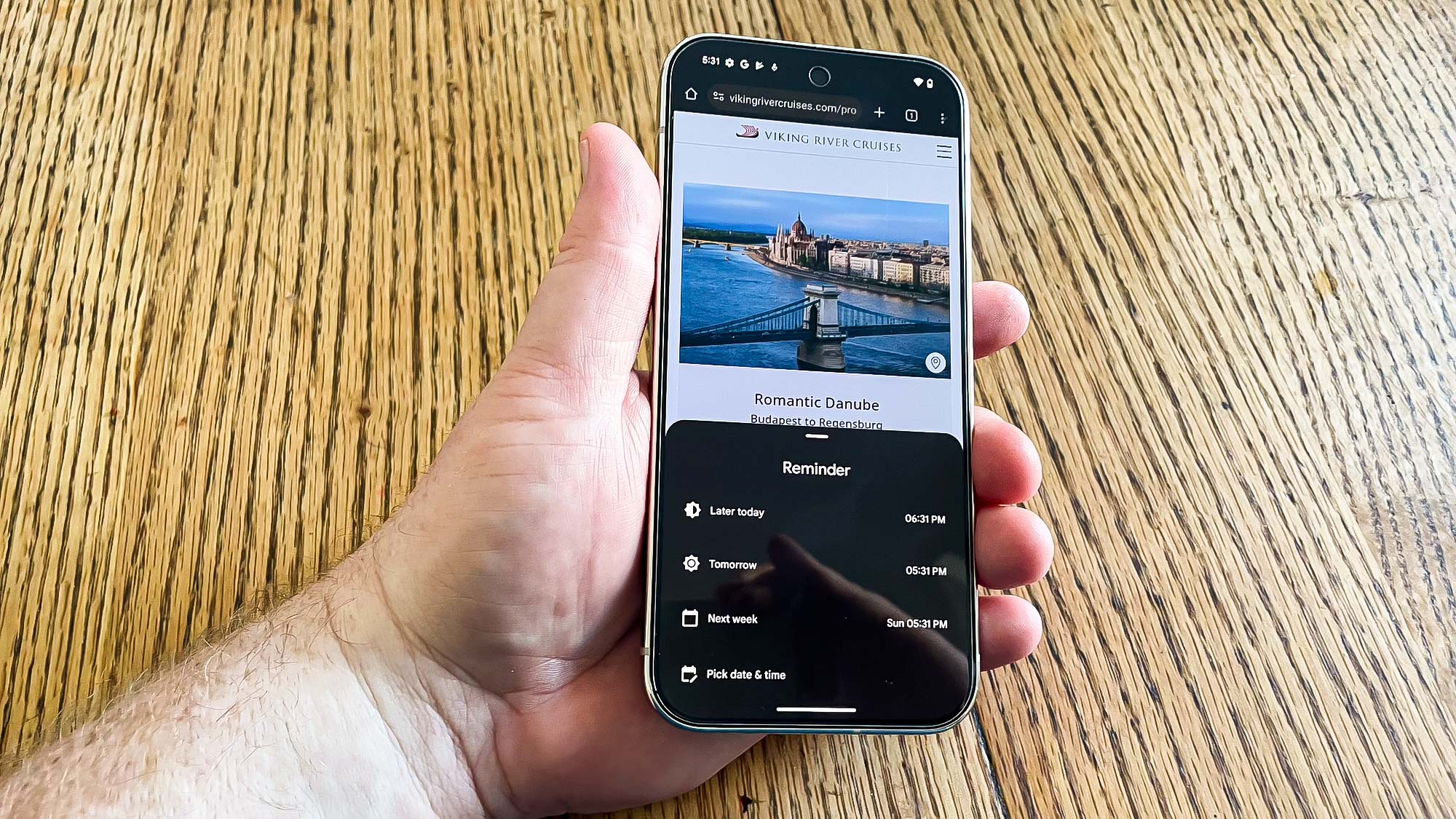
As with past Pixel phones, Google doesn't limit the new features powered by the Tensor G4 system-on-chip inside the Pixel 9 phones to just photo editing. A number of new tools that lean heavily on machine learning and on-board AI make their debut across the different Pixel 9 models. And at least one figures to be a real time-saver if you're the sort of person who takes a lot of screenshots so that you can keep track of different bits of information.
Pixel Screenshots
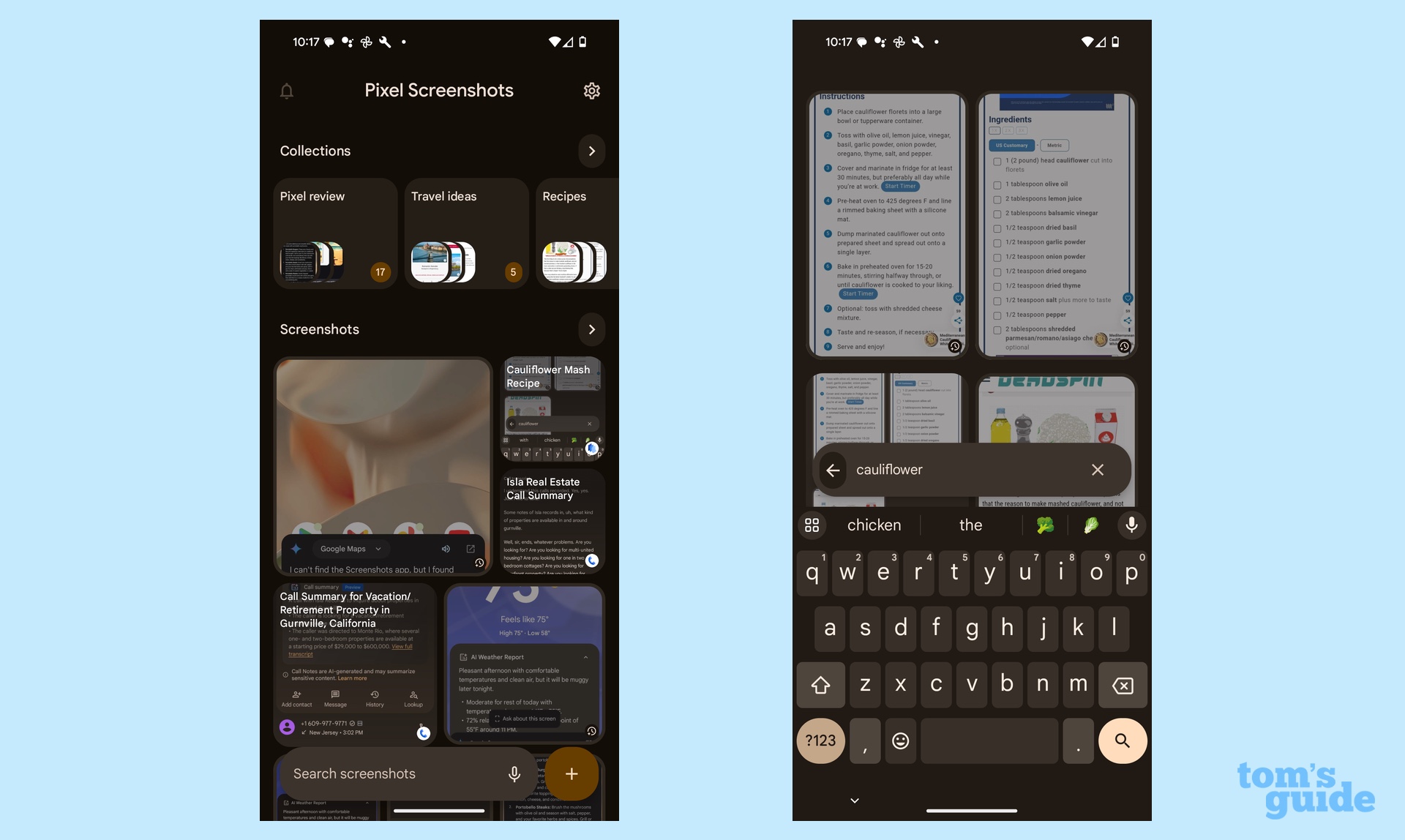
That would be Pixel Screenshots, a new app added to the Pixel 9 series that gathers your screenshots into one place and lets you organize them into collections for easy retrieval. But that's not the extent of Screenshots' capabilities — you can also type in search terms, and the Pixel can use AI to pore over the content in those screen captures, serving up relevant ones that match what you're looking for.
I take a lot of screenshots of recipes I find online that pique my interest. But now I don't have to remember specific names or when I might have captured those screens. Instead, I can type in a search term like "cauliflower" in Pixel Screenshots and screen grabs of recipes for mashed cauliflower and Mediterranean-style roasted cauliflower will pop up.
In some cases, there will even be a back link available to screenshots from the web. For instance, I captured the recipe list and instructions for a chicken enchilada recipe I saw in a YouTube video. If I'm unclear as to the exact preparations techniques, Pixel Screenshots features a link back to that video in the data it includes with that particular screenshot.
Pixel Studio
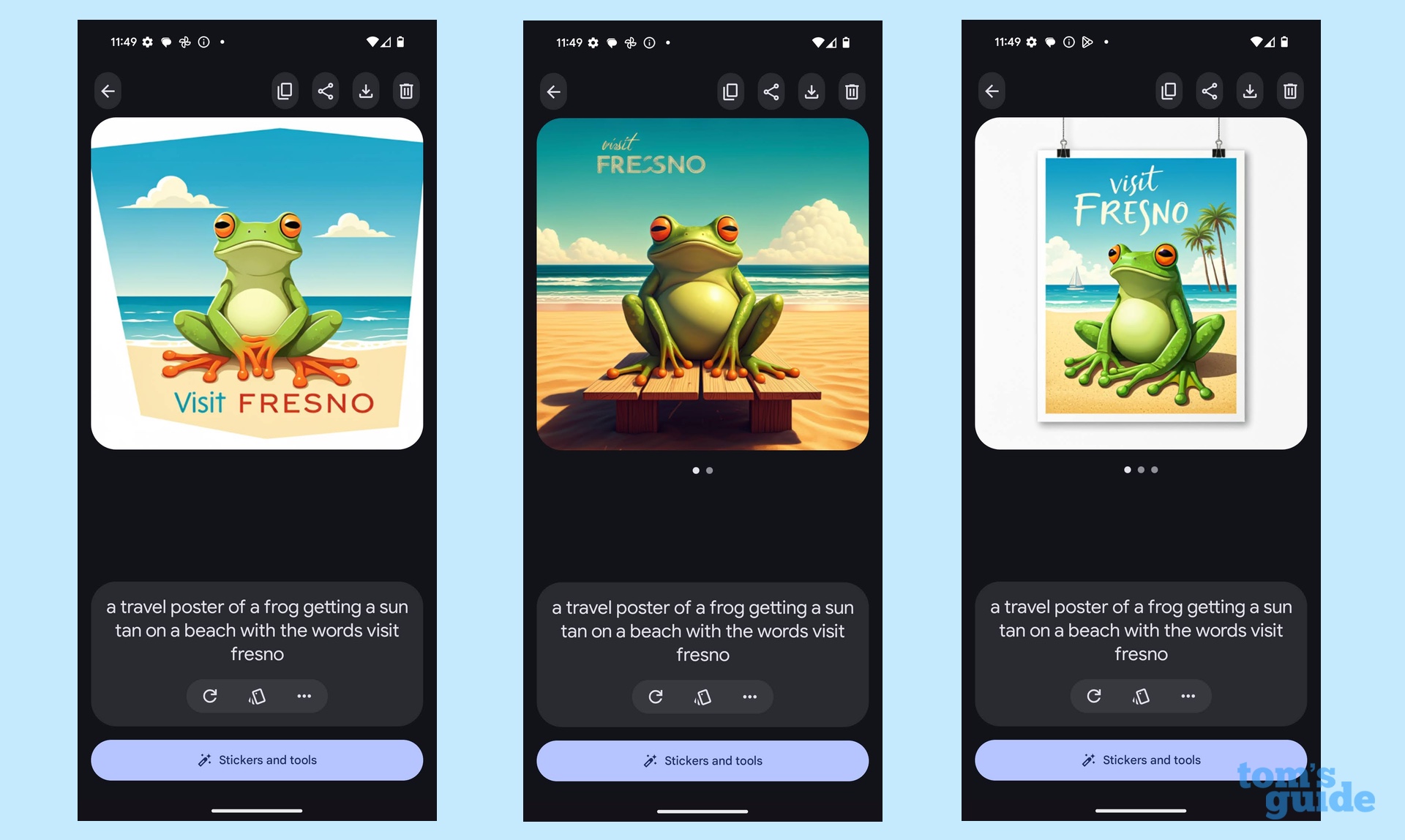
The other fairly polished addition among the Pixel 9 Pro's AI tools is Pixel Studio, Google's take on a generative AI tool. You can use text prompts to create an image out of nothing, and while Google's not letting you use people at the moment, the results you can produce are pretty impressive, especially if your prompt is especially detailed.
I asked Pixel Studio to create a travel poster featuring a frog suntanning himself on a beach with the words "Visit Fresno." Yes, it's a pretty silly prompt, but in the default Freestyle mode, Pixel Studio produced a result that more or less met my parameters. But I can also sample other styles such as 3D Cartoon, Cinematic and Anime.
I could see Pixel Studio become a useful tool to create fun invitations or memes you can share with friends. I'm not sure I'd turn to it for any important creative endeavor, though it doesn't seem like Google built this tool with that purpose in mind. The goal here appears to be fun, and while there's something to be said for that, I don't imagine I'll be using Pixel Studio nearly as much as I plan to turn to Pixel Screenshots.
Call Notes
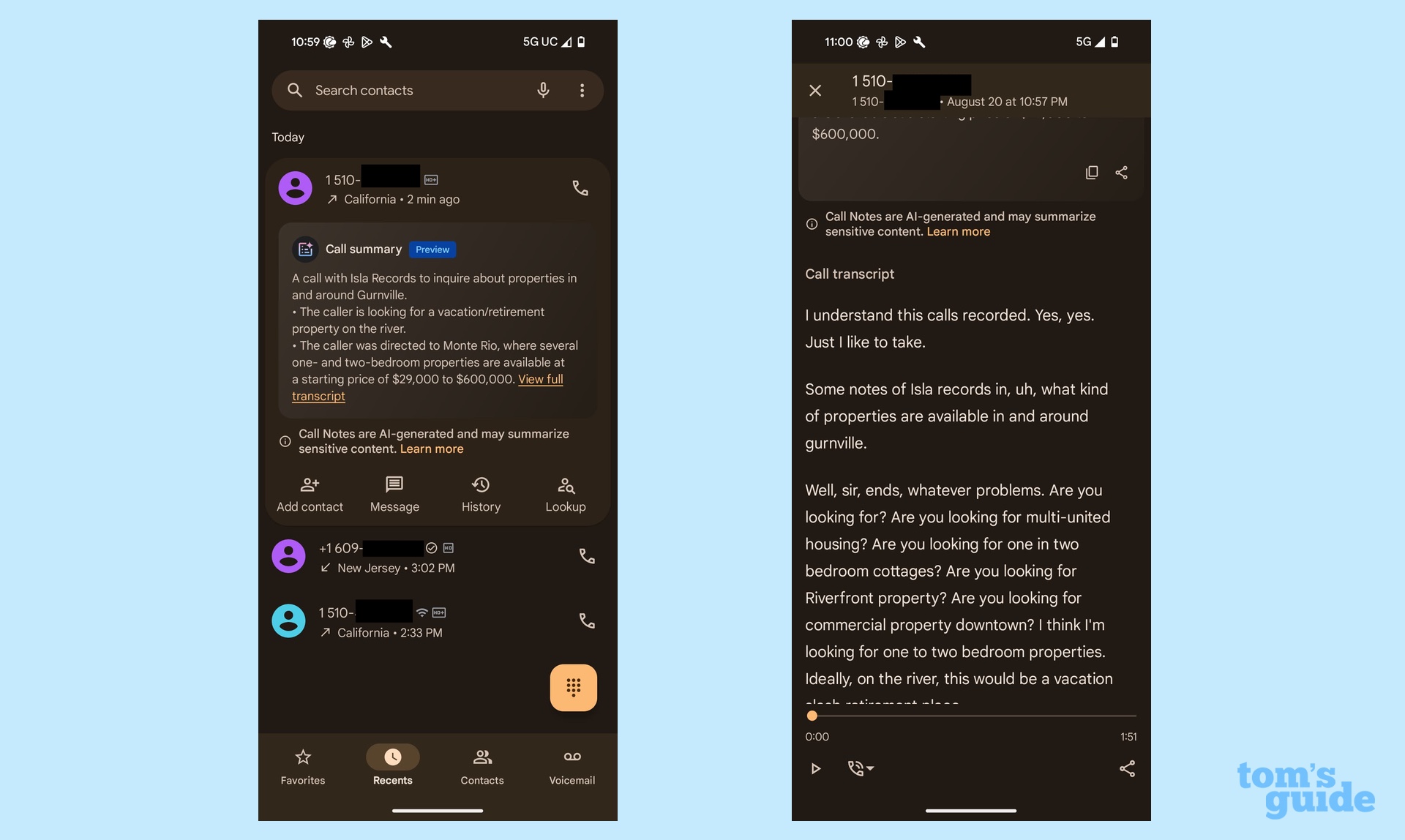
Just like the Recorder app on the Pixel can transcribe your recordings of meetings and lectures, Call Notes extends that capability to phone calls. Enable the feature in the Phone app's settings, and you can then tap a Call Notes button during a phone call to record what's being said. (Don't worry, privacy advocates — a voice announces that the call is being recorded.)
The recorded phone call can be turned into a transcript, of course, but the more important aspect to Call Notes is an AI-generated summary of the call that sums up the main talking points. Such summaries could come in handy for those times you're calling a contractor, business or service provider to get specific information that you can reference later.
At least, all of this would be useful if the transcripts were a little bit more accurate. I placed a phone call with my wife to discuss real estate opportunities along the Russian River in Northern California. The Call Notes' transcript heard "properties" as "problems" in some instances, and the different speakers on a call aren't clearly identified.
Those problems aside, the AI summary of the call was pretty accurate and did capture several key points in our phone call, including the location and price of some of the properties we discussed. Call Notes needs some fine tuning to be more reliable, but it's a promising start in this early version.
Weather
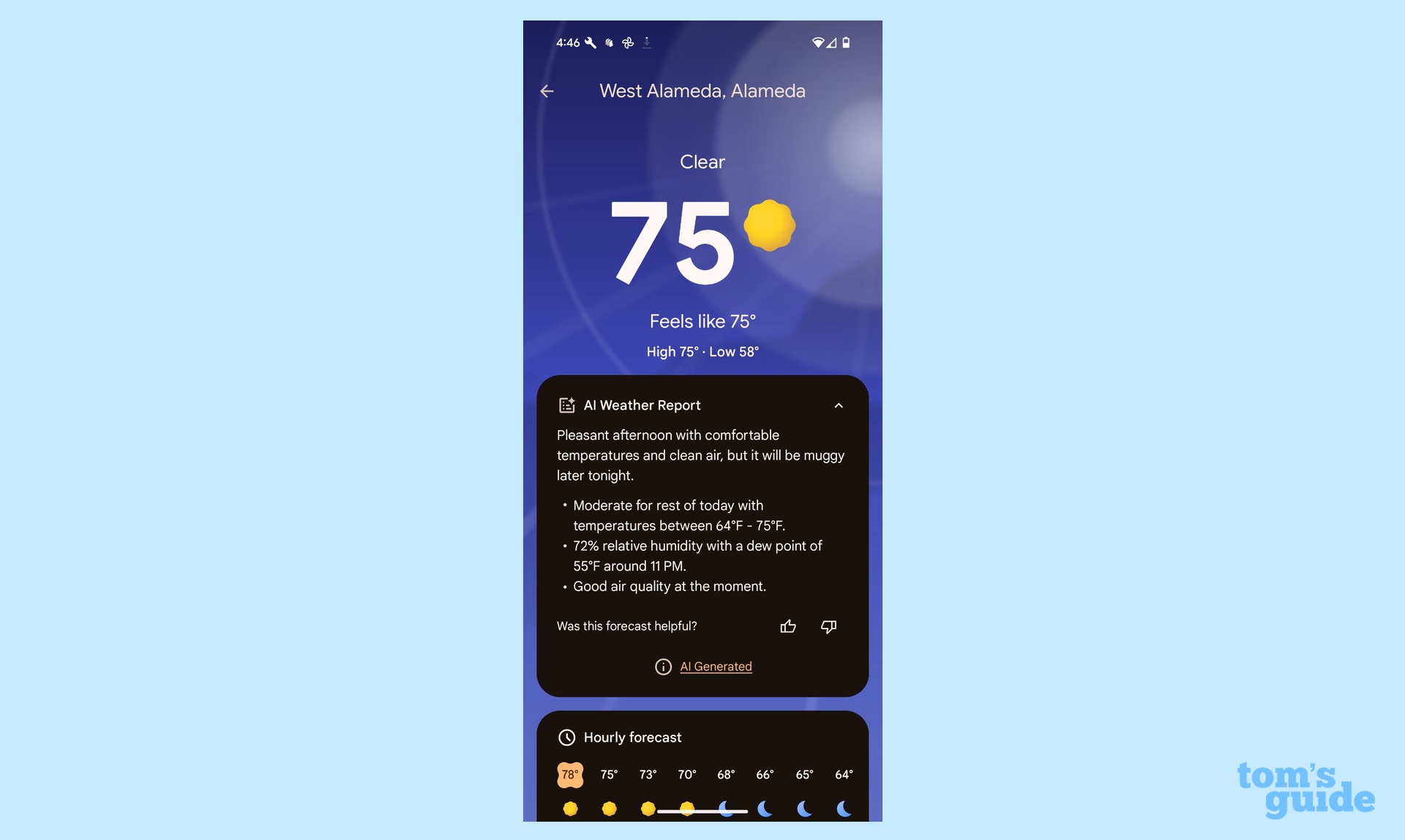
One other noteworthy AI addition to the Pixel 9 Pro's feature set involves the built-in Weather app, which now includes an AI weather report near the top of the screen for any given city or area.
Initially, the AI Weather report is a one sentence summary current conditions and an abbreviated forecast. Tap the report for a little bit more detail such as the forecasted high and low temperatures and how conditions might shift throughout the day.
The AI weather report is a pretty basic feature that's unlikely to turn heads, but it does save you some scrolling in the Weather app if all you want is a quick forecast of the day ahead.
Google Pixel 9 Pro review: Gemini Live
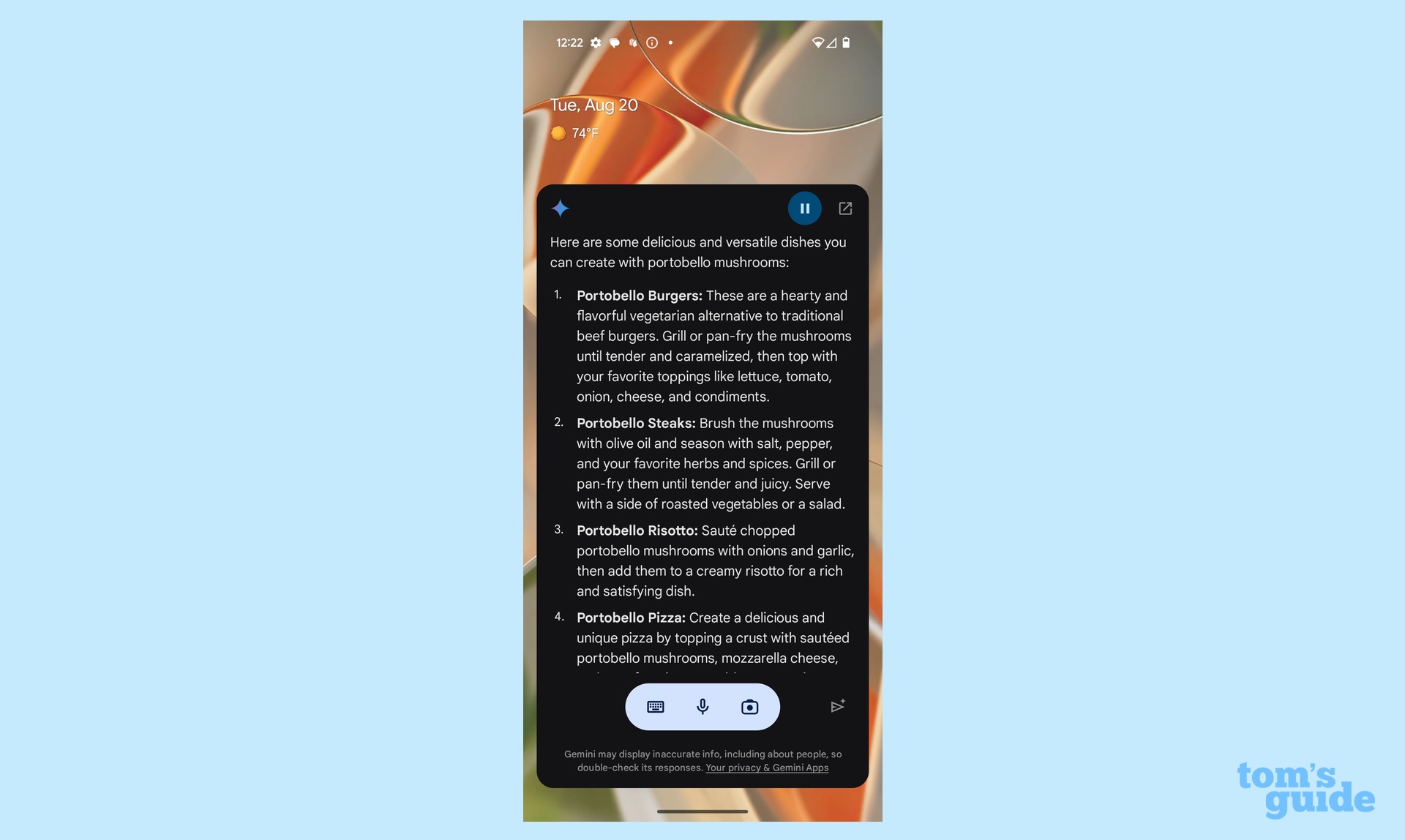
The AI features we've looked at so far would be pretty significant additions to the Pixel 9 Pro on their own. But this time around, they feel more like a warm-up act for Gemini, Google's AI chatbot that arrives as a Google Assistant replacement on the Pixel 9 series. This mobile version of Gemini is of particular importance to Pixel 9 Pro owners, as your purchase of Google's higher end phone gets you a year-long subscription to Gemini Advanced and its more complex capabilities.
Gemini is certainly easy to talk to, as it responds to more natural language. And as a multi-modal AI, it's just as capable when it comes to images, code and video as it would be with text. I showed Gemini a photo of a portobello mushroom and asked the assistant what I could make with this — I very specifically said "this" instead of identifying the fungi by name — and Gemini rattled off a list of potential dishes.
You can interrupt Gemini without the chatbot thinking you're ill-mannered, and you can ask follow-up questions in which Gemini can discern the context of your query. I started out asking Gemini for suggestions on things to do this weekend, and we managed to narrow it down to hikes near me, complete with their distance from my house and whether there were any parking fees at the trailhead.
As impressive as my interactions have been, it still feels a little superficial at this point. A query about what kind of dessert I could make with a photo of a pink lady apple produced a suggestion to bake an apple pie, perhaps the most generic response of all. (That said, I did appreciate how a follow-up question produced an explanation of how Granny Smith apples differ from Honeycrisps — Gemini is really good at making comparisons.)
I'm sure Gemini will get smarter over time, and I'll get more comfortable using it and uncovering just what the assistant can and can't do. But at this early stage, Gemini on the Pixel 9 Pro feels less like a revolution and more like a modest step forward from the assistant it replaces.
Google Pixel 9 Pro review: Performance and Tensor G4
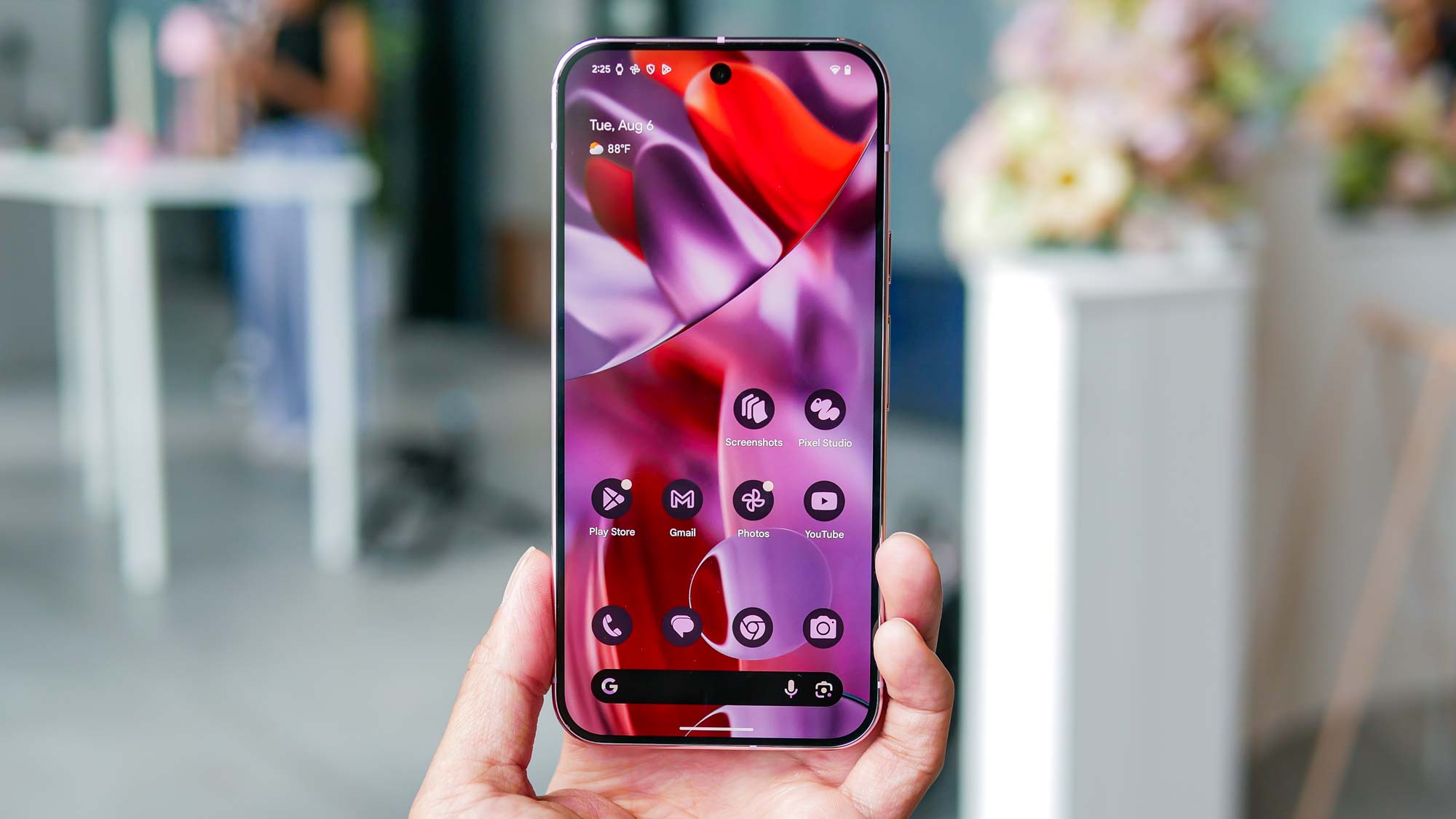
Since Google started designing its own chipsets for its phones, the focus has been more on powering all those AI capabilities with less of a focus on performance. Certainly, that focus continues with the new Tensor G4 inside the Pixel 9 Pro, as you can tell not only by that laundry list of AI capabilities we just ran through, but also the 16GB of RAM Google packed onto this phone.
You can also tell that AI remains a focus for the Tensor G4 because, based on the Pixel 9 Pro's benchmark numbers, it sure isn't performance.
That's not to say the Tensor G4 isn't an improvement over the Tensor G3 that powered last year's Pixels. The Pixel 9 Pro bests its predecessor's Geekbench 6 single- and multicore results by 10% and 8%, respectively.
But the Pixel 9 Pro's single-core Geekbench 6 result of 1,936 is well off the pace of phones like the Galaxy S24 Plus and its Snapdragon 8 Gen 3 chipset (2,272) and the A17 Pro-powered iPhone 15 Pro (2,890). The gap grows even wider when we look at multicore results, as the iPhone 15 Pro (7,194) and S24 Plus (7,083) are both substantially faster than the Pixel 9 Pro (4,789) in this general performance test.
The Pixel 9 Pro fares no better when we look at graphics benchmarks. Google's new phone turned out a hair less than 56 frames per second in 3DMark's Wild Life Unlimited test. But the iPhone 15 Pro can produce a 94-fps result and the S24 Plus is even more powerful with a 121-fps score.
While I'd pick either the iPhone or any Galaxy S24 model over the latest Pixel if I relied on processor-intensive apps, the Pixel 9 Pro isn't totally out of its depth when running apps with demanding graphics. PUBG fared just fine on Google's new phone with the Tensor G4 able to handle the multiplayer shoot 'em up without any lag or stutters, even if the controls felt a little cramped on the Pixel 9 Pro's compact display.
Google Pixel 9 Pro review: Battery life and charging
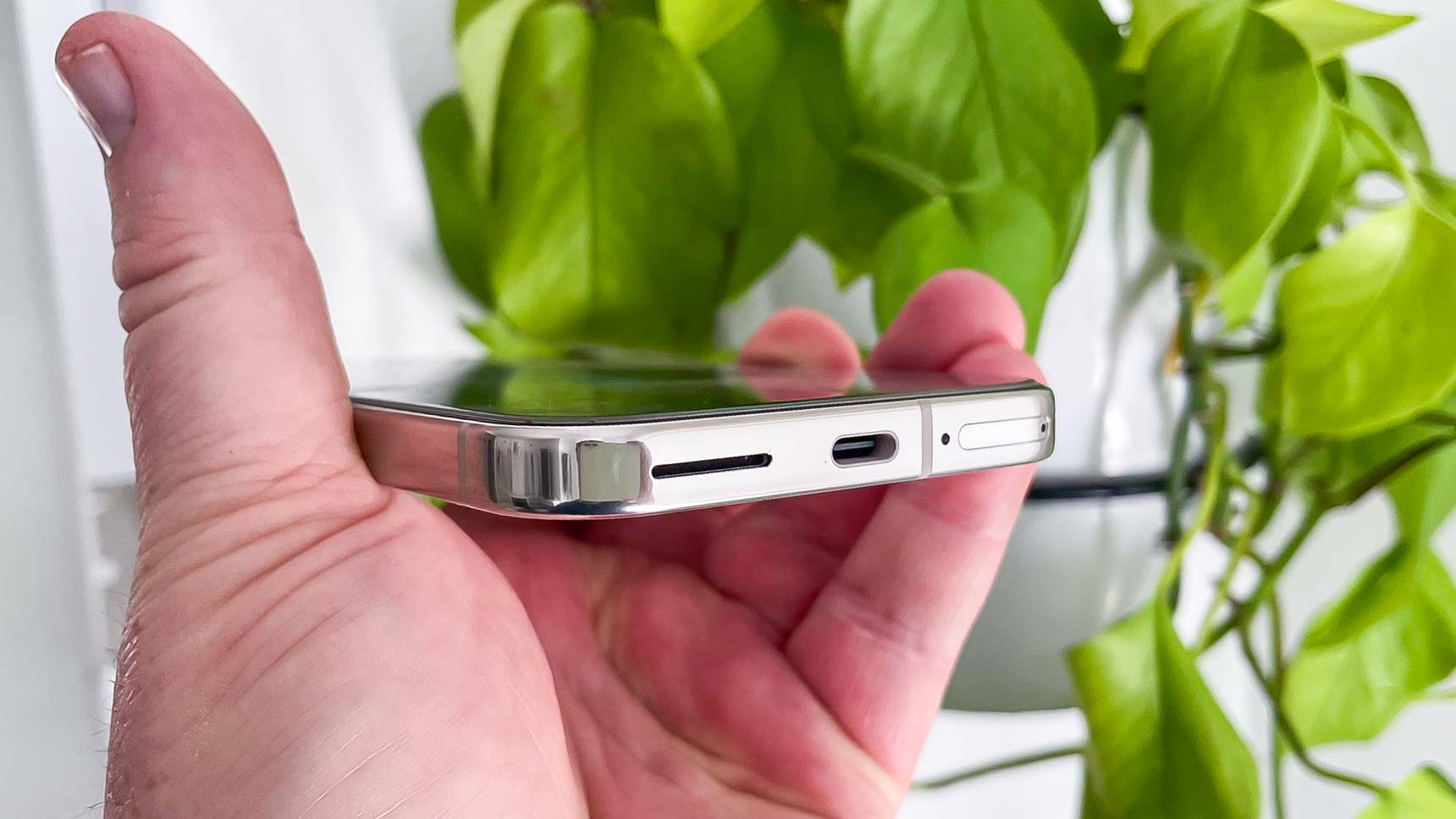
If the Tensor G4 silicon doesn't deliver a big speed boost, at least it helps manage power more efficiently. Throw in a 4,700 mAh battery — the same size as the power pack in the Pixel 9 — and Pixel 9 Pro owners can expect big improvements in battery life when compared to the disappointing numbers posted by past Pixels.
Every phone we test is forced to scroll the web over cellular until its battery drains, with screen brightness set at 150 nits to put each device on a level playing field. Recent Google flagships have struggled to reach the 10-hour average for smartphones we test — the Pixel 8 Pro petered out after 10 hours and 3 minutes — but the Pixel 9 Pro enjoys some big gains. Specifically, it lasted for 13 hours and 37 minutes — and that was with its adaptive refresh rate turned on.
That's not going to land the Pixel 9 Pro on our best phone battery life list, where you need to last more than 14 hours on our test to rank among the best of the best. But it's still an impressive gain for Google's phone after years of lagging behind rival flagships. The Pixel 9 Pro outlasts the iPhone 15 Pro (just under 11 hours in our testing) and just edges ahead of the Galaxy S24 and its time of 13 hours and 28 minutes. (As a bigger phone, the S24 Plus benefits from a larger battery that helped it post a 16.5 hour result.)
Google says that using its 45W USB-C charger can get the Pixel 9 Pro to a 55% charger after 30 minutes. When we tested recharge times with a 45W Samsung charger, the Pixel 9 Pro reached 49% after half-an-hour.
Google Pixel 9 Pro review: Android and updates
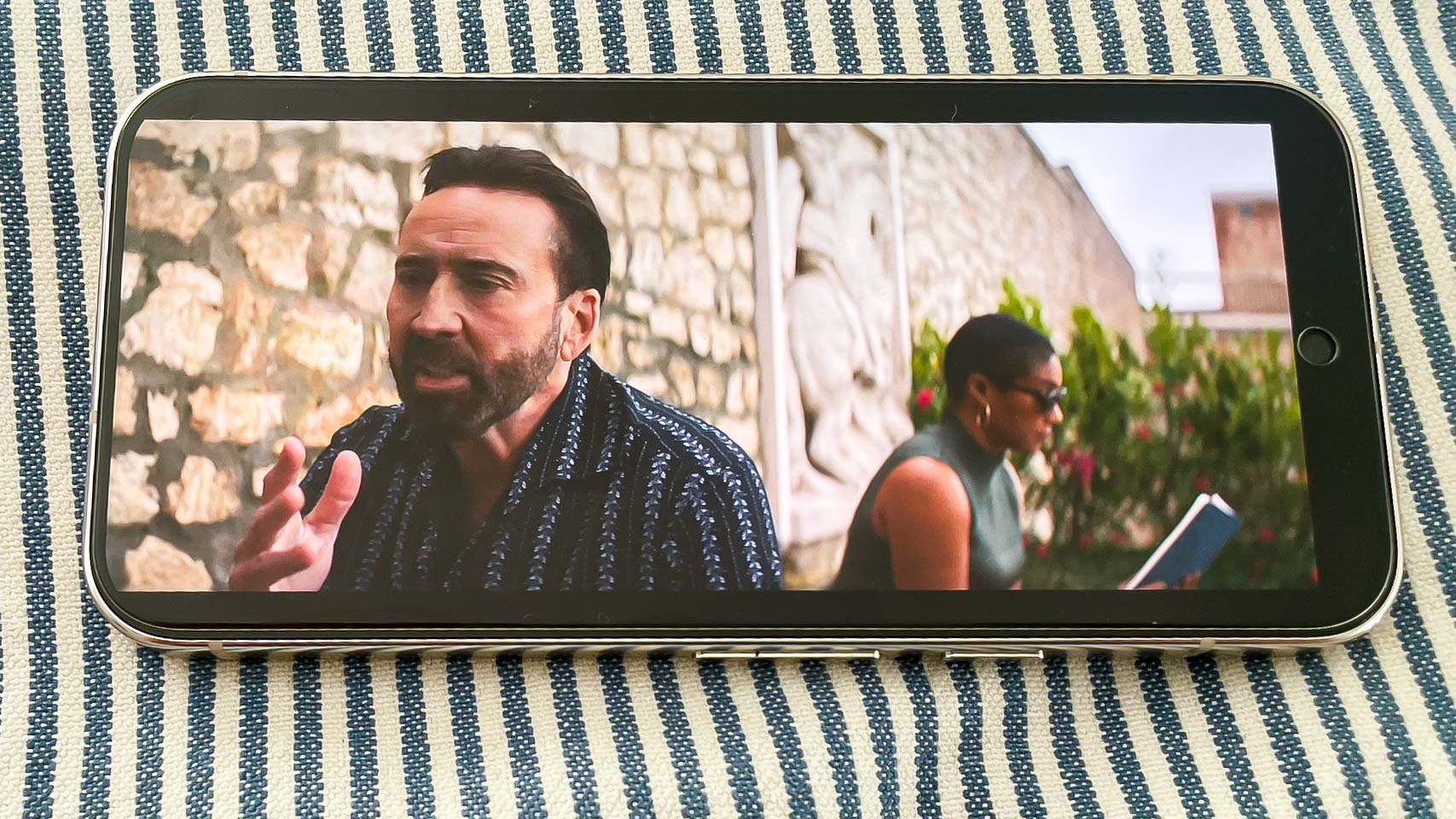
In a departure from past Pixel flagships, the Pixel 9 Pro does not ship with the latest version of Android. Instead, it debuts with Android 14, which first came out last year for Google phones. Indeed, the Pixel 8 also shipped with Android 14 pre-installed.
Chalk this up to Google moving its Pixel 9 launch up from the usual October debut. We're guessing that the company simply didn't have enough time to finish work on Android 15, which remains in beta as of this writing. It's more of a minor inconvenience than anything — Android 15 will ship shortly, and the Pixel 9 Pro will be first in line to get it.
Google also promises seven years of software updates, security support and Pixel feature drops so you're not really being shortchanged if you wind up spending your initial Pixel 9 Pro time with Android 14.
Google Pixel 9 Pro review: Verdict
The Google Pixel 9 is a polished phone that still manages to feel like a work in progress in large part because features like built-in Gemini and Call Notes figure to become more capable over time. To buy the Pixel 9 Pro is to bet that Google is going to continue to improve these new features via software updates while using Pixel feature drops to add to the phone's bag of tricks. Considering Google's emphasis on machine learning and AI, that's not a bad bet.
In the meantime, you're getting a camera phone that's every bit as capable as the Pixel flagships that came before it and a device that lasts longer than most of the recent Pro models. You also get a super bright display that outshines other flagships. Yes, the Tensor G4 chip continues to lag behind the performance of the best Android phones, but the superior photo-capture skills and evolving AI feature set ultimately win the day.







